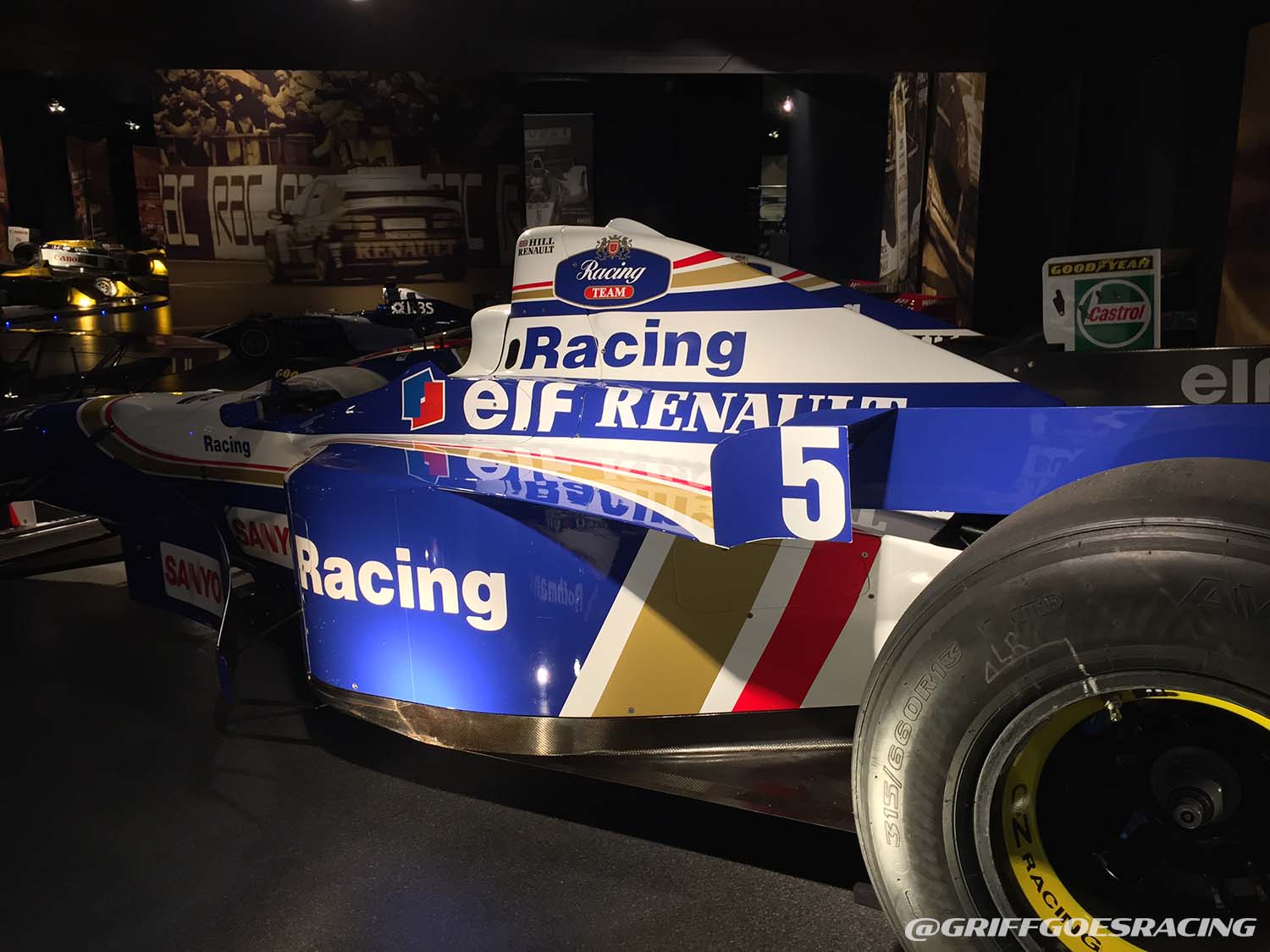The writing is on the wall at Williams F1, but how many names are up there?
Four years ago, the revived Williams team were thriving. Under the new charge of Deputy Team Principle Claire Williams, and on a budget that wasn’t even a third of the top teams in the sport, the team placed third in the World Constructors’ Championship. Its engine supply deal with Mercedes, and exciting driver pairing of young Finn Valtteri Bottas and experienced Brazilian superstar Felipe Massa gave them exciting prospects for the future.
Fast forward to 2018, a lot had changed. Frank Williams had stepped further back from the team after some extended episodes of ill health, and Paddy Lowe completed a move from Mercedes back to the team where he started his Formula 1 career (including taking shares in the business).
The 2018 car was the first completed design entirely under the input and leadership of Paddy Lowe, however the lack of downforce hampered them considerably. In decisions clearly made for commercial reasons, the driver line-up of Lance Stroll and Sergey Sirotkin were clearly lacking experience. Their lacklustre performances twinned with an unstable and uninspiring car marked the first time in the team history that it finished last in the standings.
For 2019, delays in production meant that the car did not arrive in Barcelona for testing until the evening of day two, and didn’t run until mid-way through day three, putting them on the back foot against the other teams. Much fanfare has been made of their all-new driver pairing of returning hero Robert Kubica and Formula 2 Champion George Russell, however despite both having more than their fair share of talent, they haven’t been able to get the car to the top end of the testing timesheets.
The problem appears to lie entirely with the cars design rather than anything else. When experts have sifted through the times set by each team, fuel loads, and tyre compounds, it appears that the car is 1.6 seconds a lap slower than any other team. Williams have a lot to do before their arrival in Melbourne.
The responsibility of the design and development of the car lies with Paddy Lowe. Unfortunately to compound problems, two weeks before the season has begun we see that he has taken personal leave. This is likely to be indefinite, and may not result in him returning at all to the team. Additionally, before the team can focus on improvements, they have also had to change the design on the wing mirrors and front suspension to ensure that they are even legal to run.
The timing of these factors, compacted with delays in manufacture in the first place leave the Williams team in a perilous position, and not just for the 2019 season. After losing out on the Rich Energy sponsorship, and JCB moving on to Racing Point, the team welcome new title sponsor Rokit, however this may not provide the kind of exposure they were looking for, and future years of the deal could look less likely should they have another year like 2018.
As “The Team that Frank Built”, Williams F1 have been an inspiring story of a plucky private constructor that stole the fanfare of the big teams in the eighties and nineties. As he’s stepped back and daughter Claire has taken over, fortunes have not favoured the Grove outfit. Whilst light shines on her leadership more than ever, the more immediate and evident failings fall on Paddy Lowe, whose design concept is again falling way short of such a competitive industry. If heads must roll, they will surely start here.



